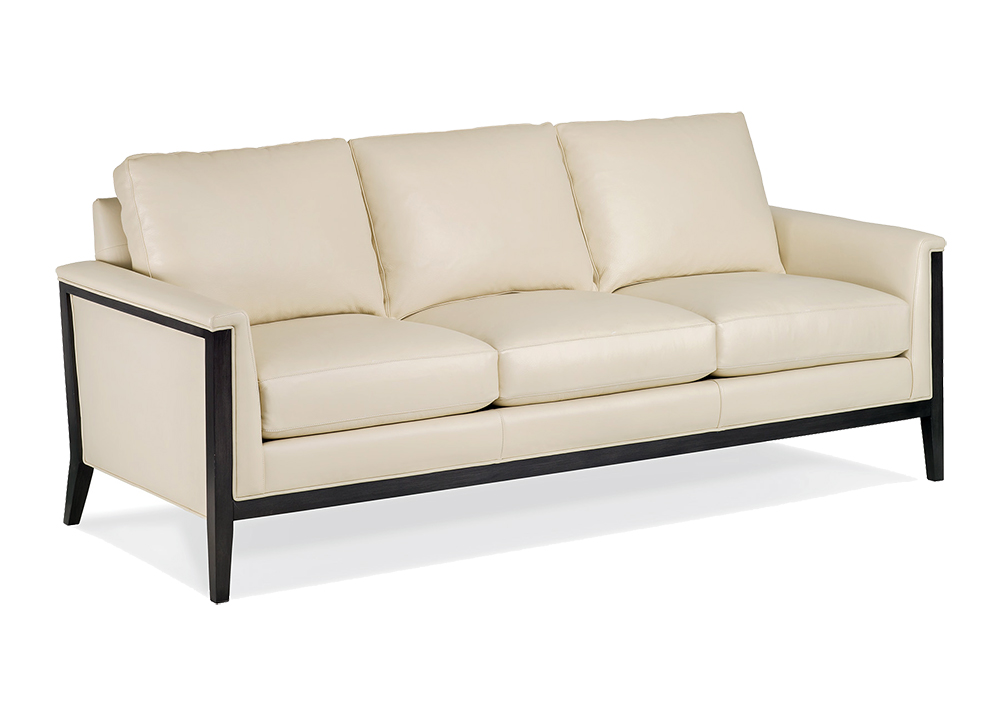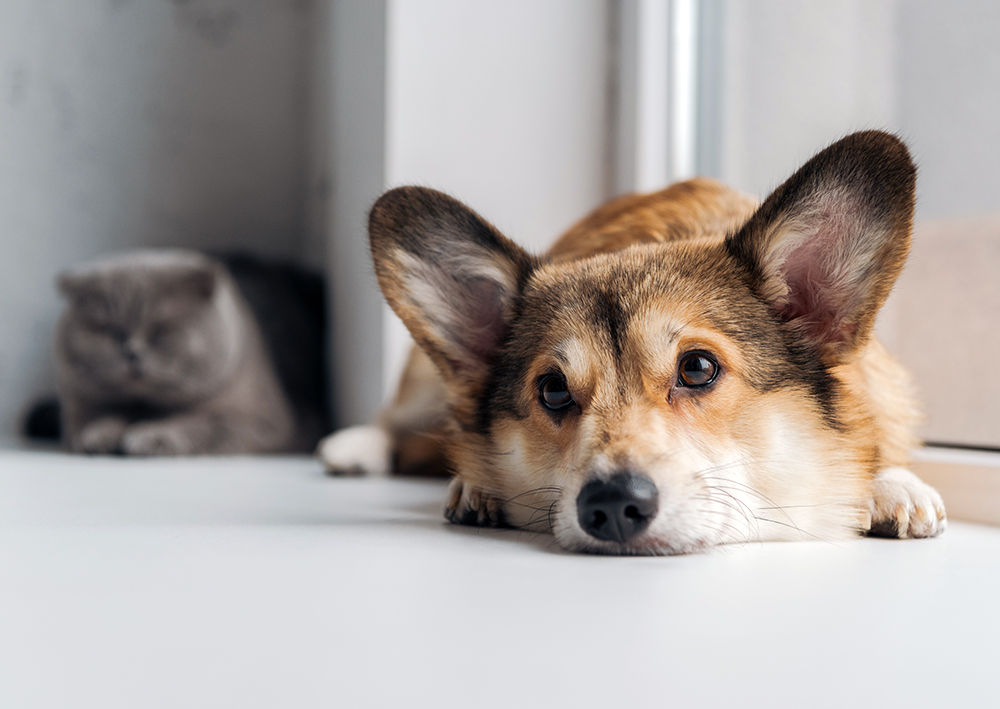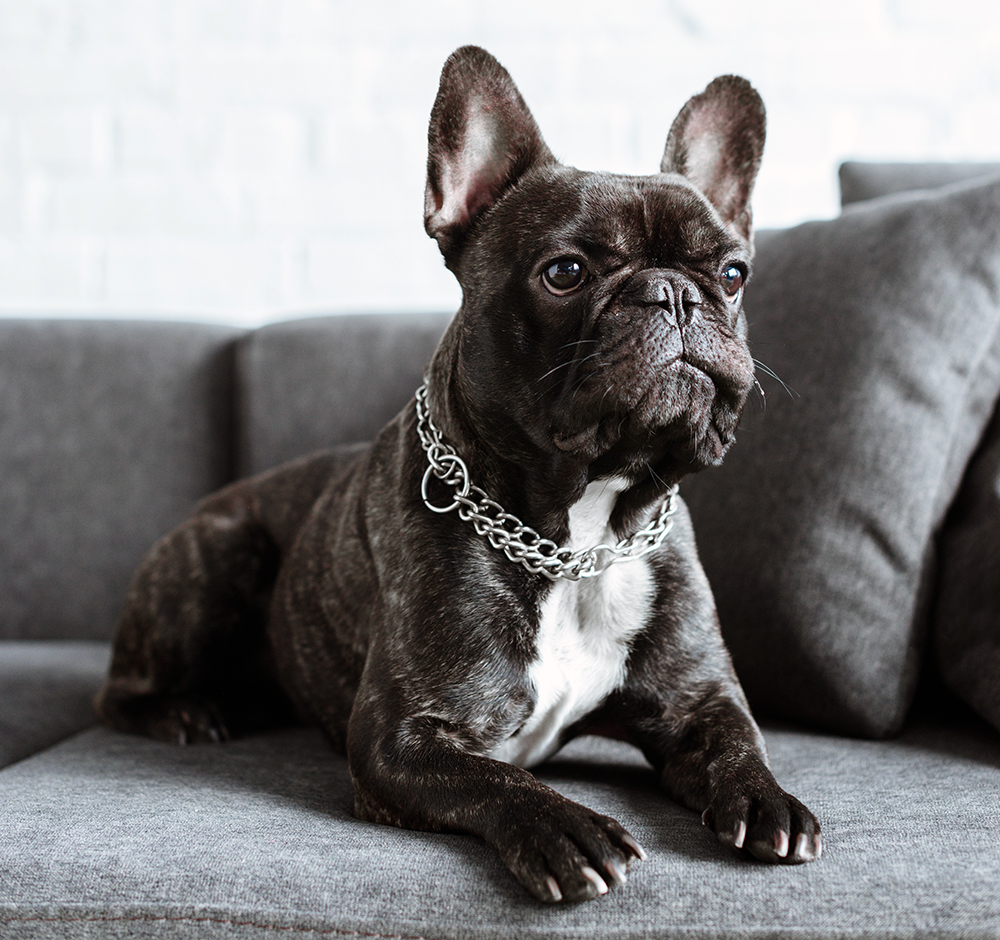For most of us, the days of choosing a pet in order for it to do a job—actually earn his or her keep—are long gone. Round up sheep? Pull rats out of holes? Take down a stag in the hunt? Nope, nope, and nope. For the majority of our pets, the most work they might do is bark to scare off an intruder—who is more likely to be the mailman—or bring home a dead mouse as a present—a gift we most certainly can do without. Still, we can sense that they expect us to appreciate their efforts as these tasks had to be worked into their 19 or 20 hours of daily sleep.
Neither the constant dirt nor the piles of hair nor the shredded sofas deter us. Even as our non-pet-loving friends wrinkle their brows in dismay or cover their mouths in disgust, we are incredulous about their judgement.
“Oh, he didn’t mean it!” we defend the culprit who cut his teeth on the Prada slipper.
“It’s my fault, really, for leaving her home all day alone,” we say to explain the stream of toilet paper that runs from bathroom to bedroom. Every day.
We can’t help ourselves. We love them.
We love them because they snuggle close when the winter is long and cold, and the other side of the bed is suddenly empty. We love them because they greet us with bright eyes, wagging tails and the serpentine path through our legs every time we walk through the door, even if we just went out to get the paper.
So, regardless the mess and inconvenience, we live with them. We say good-bye to white linen and cuddle up on leather. We buy the Dyson vacuum because it’s a powerhouse and impeccably designed. We shop for baskets on vacation to hold their favorite toys. We do all of it, because for many of us, pets make our house a home.
Delightful Dog (and Cat) Design
There’s no doubt that living with pets enhances our lives, but pet mess and pet stuff are not always as delightful as when Fluffy snuggles for the latest binge of Queer Eye. Fortunately, with a little creative thinking, you can find great products that combine form and function.

Eat Up. There’s nothing more jarring to that new designer kitchen than brightly colored plastic—or kitschy paw-printed—pet bowls. Since the bowls are omnipresent (even when the kibble is not), it’s a sensible upgrade. Happily, you don’t have to stick to the pet aisle. Convivial Productions founder Chentell Shannon uses her Straight Dinnerware plates for her own two dogs. Sturdy, stylish, and dishwasher safe, these bowls feed Rover or Mr. Meow without hurting the eye.
Snuggle Up. Chanee Vijay is devoted to her German shepherds. When she creates pieces with her hand-painted fabrics, she keeps the reality of the wear and tear of pets in mind. Skip the boring khaki round and give one of her poufs a try in lieu of a traditional dog or cat bed. Beautiful and durable, these beds can be filled with an insert or shredded newspaper. It’s a bonus for family room, bedroom, or wherever your pet may perch.
Smile for the artist, Cookie. Can’t get enough of those fuzzy faces? Artist Lori Buntin of Hoop Dog Studios creates joyful, custom pet portraits. One—or more—of these cheerful portraits will make the chewed shoes or shredded curtains soon forgotten. Available through Stuff in Brookside.
Designers love their pets, too. Here’s their excellent advice for best practices when sharing your home with Max and Molly:
‘‘There are so many options available in stain-resistant fabrics! Previously, these performance fabrics were in solid, bright colors, stiff, and not very nice to the touch. Today, there is a range of rich textures that you would never know are stain resistant—chenille, velvet, terrycloth.
Two concerns regarding texture: If your pet sheds, you might want a fabric that does not grab onto those hairs and holds tight! Even with vacuuming, those hairs may be very difficult to remove. Claws can snag fabric. I learned this with a sofa. Whenever the cat took off running, the fabric snagged. The “snag factor” had the sofa looking a mess rather quickly. ” –Lisa Schmitz, Lisa Schmitz Interior Design
“There are a few guidelines to keep in mind when decorating with our furry friends. Look for carpet that is solution-dyed. This designation tells you the yarn is originally fabricated in the color you see. Think carrot, not radish. Pet Protect is another term.” –Dani James, Crossroads Interiors
“With pets at home, think stain-resistant, tightly woven fabric, such as Sunbrella or Crypton. Make sure your pet has his/her own washable bed, which can be coordinated with your upholstery, and patterned carpeting works well to hide accidents.” – Jan Kyle, Jan Kyle Design
“Work with your pet’s natural tendencies. If your dog likes to run the perimeter, pave it with gravel or flagstone. You can try to break up a straight shot running by putting a solid barrier in place like a trellis panel or bench, but don’t use a shrub, they will just run through it. If your dog is bothered by noise, put in a loud fountain that will distract them.
If you are training a puppy, pick a place with mulch or gravel that is away from the main traffic areas and train them to go there. The earlier you start the easier it is.” –Kristopher Dabner, The Greensman, Inc.
“Training classes are the best investment for your home interior, your guests who visit, and your peace of mind. Your pet is your best, best friend. Treat them with responsible discipline and you will have no worries.” –John Rufenacht, John Rufenacht Ltd.
Leather Love

If there’s a pet or two (or more) in your house and there’s a new sofa in your future, you might be wondering what’s the best upholstery material to deal with the inevitable accidents and everyday wear and tear of life. Carrie McColgan, a designer at Seville Home, offers some advice. “Performance upholstery fabrics have come a long way in the last decade. These fabrics are cleanable, stain-resistant, and durable, but there’s still a more suitable option for pets—leather.”
Unlike most upholstery fabrics, leather actually improves with age and wear. Leather develops a patina—it becomes even more good-looking over time. “Top-grain leather simply comes from the uppermost portion of a hide, she says. “Meaning it has less correcting and processing done to it, which in turn, gives a softer, more authentic feel.”
“Leather is also simply more cleanable,” McColgan says. “There are many different categories of upholstery leather, some are more cleanable than others. Look for a “protected leather” when shopping for your new sofa. These leathers are aniline-dyed, so the color penetrates the hide all the way through and they have a pigmented finish coat, making them more protective against spills and easier to clean.”
On most upholstery fabrics, pet hair can be a problem. “If you were to look at your pet’s hair under a microscope, you’d see a coarse, textured strand,” McColgan says. “Those little hairs get into the weave of upholstery fabric and when there’s friction the fabric weakens. Because leather is skin, not a woven material, it’s far more durable than fabric.” Pet hair brushes right off.
Contemporary or classic, leather just keeps looking better.







